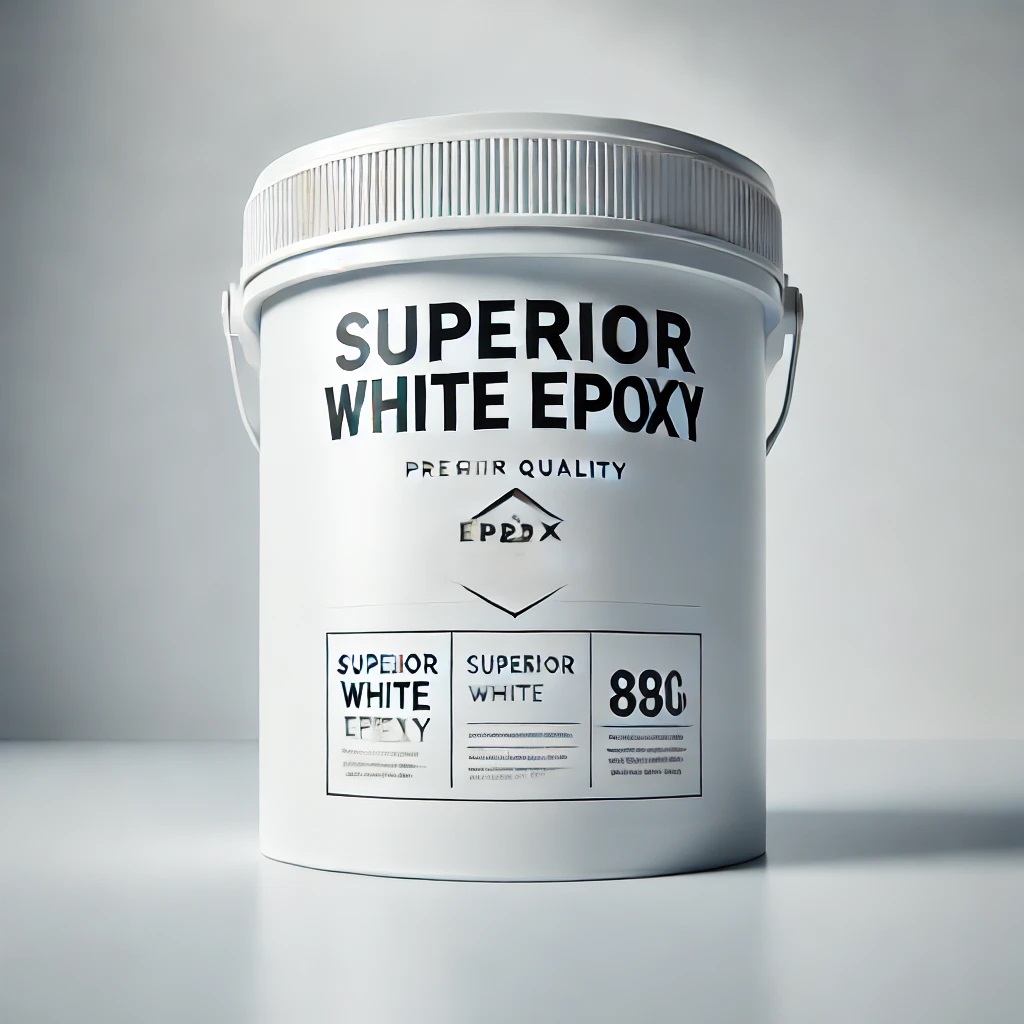
White epoxy is a versatile and widely used material in various applications, from flooring to crafts. However, one of the most common questions that arise during its application is, “How long does white epoxy take to cure?” Understanding the curing time is crucial for achieving the desired results, whether you’re a DIY enthusiast or a professional contractor. In this article, we’ll explore the factors affecting epoxy curing time, the typical curing periods, and some tips to ensure a successful epoxy application.
What is Epoxy Curing?
Curing is the process where epoxy resin undergoes a chemical reaction, transforming from a liquid state to a solid state. This process is vital for the epoxy to reach its full strength and durability. The curing time can vary depending on several factors, which we’ll discuss below.
Factors Affecting Epoxy Curing Time
- Temperature: The ambient temperature plays a significant role in the curing process. Higher temperatures accelerate the curing time, while lower temperatures slow it down. Ideally, epoxy should be cured at temperatures between 70°F and 85°F (21°C to 29°C) for optimal results.
- Humidity: Humidity levels can also impact the curing time. High humidity can cause a slower curing process and may even affect the final appearance of the epoxy. It is recommended to apply epoxy in an environment with humidity levels below 60%.
- Mixing Ratio: The correct mixing ratio of resin to hardener is crucial. An incorrect ratio can lead to improper curing, resulting in a sticky or soft surface. Always follow the manufacturer’s instructions regarding the mixing ratio.
- Thickness of Application: The thickness of the epoxy layer also affects the curing time. Thicker layers take longer to cure than thinner ones. For instance, a thin layer might cure in 24 hours, while a thicker layer could take several days.
- Type of Epoxy: Different types of epoxy have varying curing times. Fast-curing epoxies might set within a few hours, while standard epoxies could take up to 48 hours or more.
Typical Curing Time for White Epoxy
- Initial Cure (Tack-Free Time): The initial cure, where the epoxy becomes tack-free, usually occurs within 6 to 12 hours. During this phase, the epoxy is dry to the touch but not fully cured.
- Full Cure: Achieving a full cure, where the epoxy reaches its maximum hardness and chemical resistance, typically takes between 24 and 72 hours. However, this can vary based on the factors mentioned earlier.
- Post-Cure: For some high-performance applications, a post-cure process involving elevated temperatures may be necessary to enhance the epoxy’s properties. This process can take an additional 2 to 4 hours at higher temperatures.
Tips for Ensuring Proper Curing
- Follow Manufacturer’s Instructions: Always adhere to the guidelines provided by the epoxy manufacturer, including the recommended mixing ratios, curing times, and environmental conditions.
- Maintain Optimal Conditions: Ensure that the application area maintains a stable temperature and humidity level throughout the curing process. Consider using heaters or dehumidifiers if necessary.
- Allow Sufficient Curing Time: Patience is key. Avoid disturbing the epoxy surface during the curing period to prevent imperfections.
- Consider Using a Slow or Fast-Curing Epoxy: Depending on your project timeline, choose an epoxy that fits your needs. For quick repairs, a fast-curing epoxy might be more suitable, while a standard epoxy is ideal for projects that require more working time.
Common Issues During Epoxy Curing and How to Avoid Them
- Sticky or Soft Surface: This often results from improper mixing or application in too cold or humid environments. Double-check the mixing ratio and ensure the environment is suitable.
- Bubbles in the Epoxy: Bubbles can form if the epoxy is mixed too vigorously. Mix slowly and carefully, and consider using a heat gun to remove bubbles after application.
- Amine Blush: A greasy film that can form on the surface of cured epoxy in high humidity. This can be washed off with water and a scrubbing pad after the epoxy has cured.
Conclusion
Understanding the curing time of white epoxy is crucial for the success of your project. While the typical curing time ranges from 24 to 72 hours, various factors like temperature, humidity, and application thickness can influence this period. By following the tips and guidelines mentioned above, you can ensure a smooth and successful epoxy application, resulting in a durable and aesthetically pleasing finish.
FAQs
1. Can I speed up the curing time of epoxy?
Yes, you can speed up the curing time by increasing the ambient temperature. However, be cautious not to overheat the area, as this could lead to defects in the epoxy.
2. What happens if I apply a second coat before the first coat fully cures?
Applying a second coat before the first has fully cured can result in poor adhesion and a weak bond between the layers. Always allow the first coat to reach at least its tack-free stage before applying the next layer.
3. How can I tell if the epoxy is fully cured?
The epoxy is fully cured when it is no longer tacky to the touch and has reached its maximum hardness. This usually takes 24 to 72 hours under optimal conditions.
4. Is it safe to use epoxy in cold temperatures?
Epoxy can be used in colder temperatures, but the curing time will be significantly longer. It is recommended to use a heater to maintain a suitable temperature range for curing.
5. Can epoxy curing be accelerated with a heat gun?
Yes, a heat gun can be used to speed up the curing process, especially for small areas. However, this should be done carefully to avoid overheating and damaging the epoxy.
